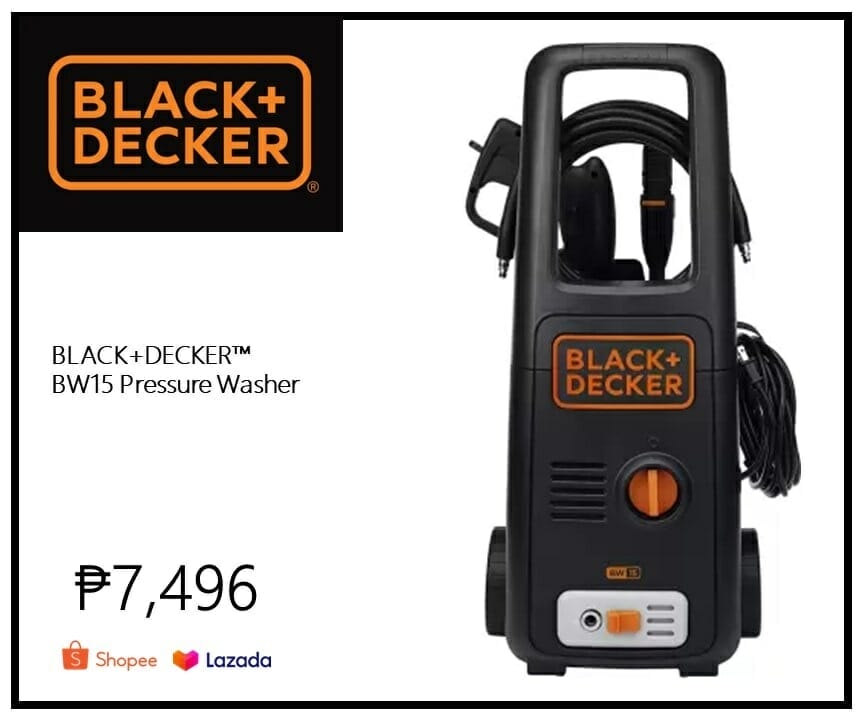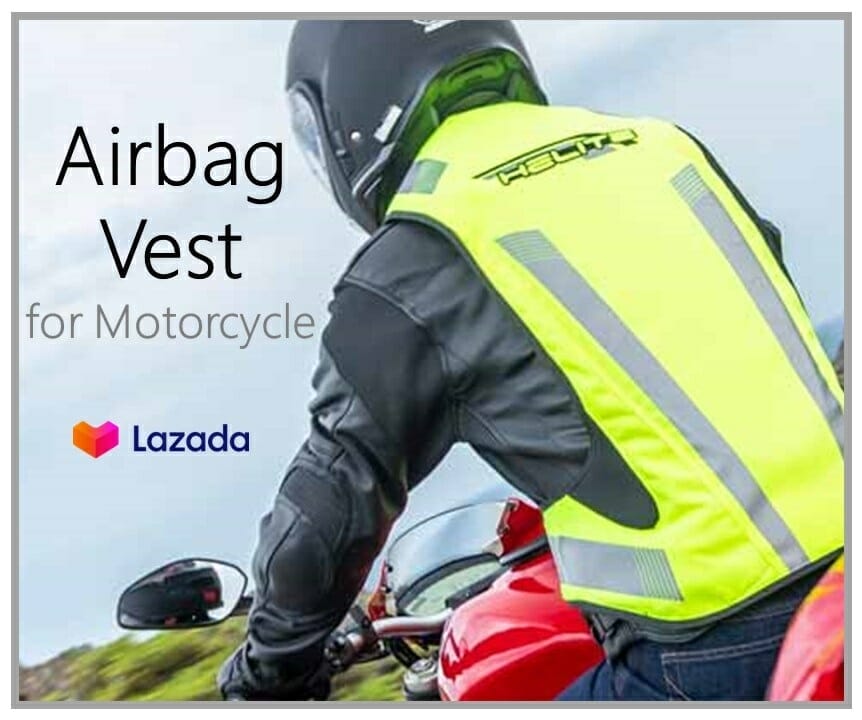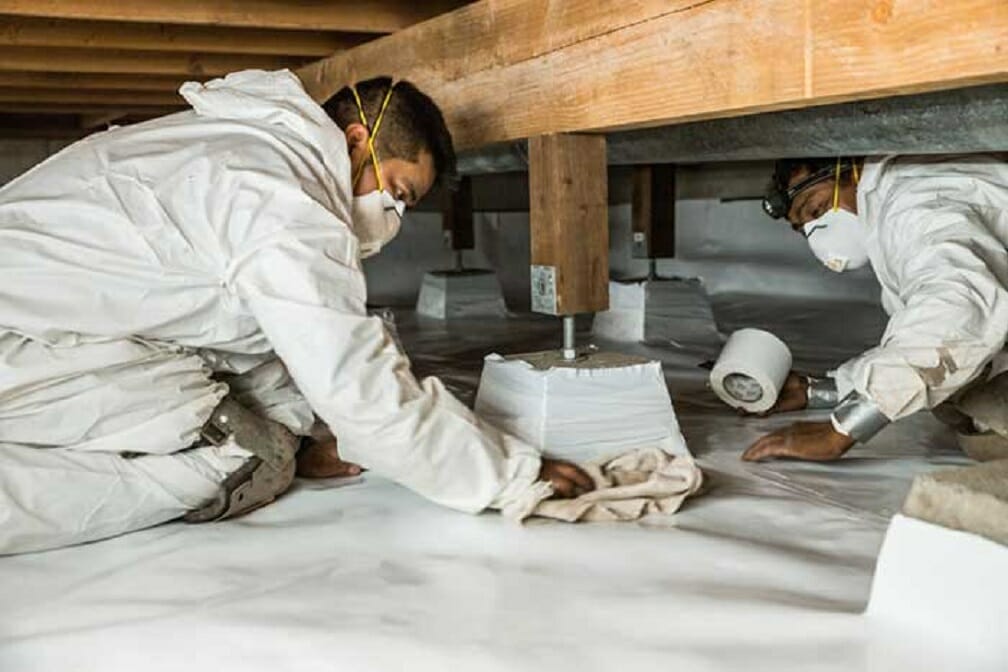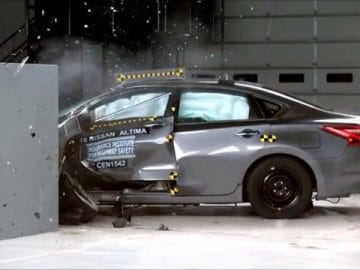Safety Fall Protection System With Roof Guardrails
Among the many goals most people have, building a house and renovating at home or even at work are some of the most dreamt. While doing some repairs, one would think and like to make their houses perfectly beautiful and comforting to everybody.
While planning to achieve the inspiring house or maybe some renovations at work or buildings, setting some hazard and safety measures are a must. Safeguarding is essential most notably when working in a high-risk area to prevent accidents from happening. One of the risks involved in such projects are heights.
A metal roof guardrail is a highly efficient tool for handling and mitigating the particular risks of working with heights. Fatal falls and injuries can be prevented by installing these guardrails. Moreover, the key to maintaining a safe environment inside your building or home is to abide by the guidelines set by OSHA (Occupational Safety And Health Administration). Their guidelines are the standard when it comes to the fall protection and the requirements of guardrails.
Where Metal Guardrails Is A Must
Comprehensive security at the perimeter is crucial. For OSHA compliant protection, the following locations require safety railing:
Skylights – The skylights are mounted on the roof, which can contribute to excessive solar heat gain in summertime and heat loss in winter. The majority of homeowners install skylights for ventilation and daylighting. However, OSHA regards skylights as any hole in the roof that can cause and lead to falls at heights.
Entry Points – Metal guardrails are also needed for those working at higher places, which will warn them of possible dangers and hazards.
For instance, construction workers should protect ladders and hatches to become secure and to give caution to other co-workers. Thus, according to an article, accidents at heights are a significant cause of mortality and morbidity in the construction industry, particularly with inexperienced workers.
Complications With Poorly Installed Guardrails
Guardrails should be installed with expertise and not just for the compliance to the OSHA requirements. In higher risk areas, guardrails should be adequately settled to withstand any amount of pressure.
If guardrails aren’t mounted appropriately, business owners could get into trouble meeting the organization’s general expectations. Employees will leave the company since their environment is prone to hazardous accidents.
It will not only lead to accidents but also cost the company, or even for the homeowner. If tragedy happens inside the workplace and your lack of supervision causes someone to get injured, your business may be held responsible for a large sum of money due to damages and medical expenses.

Types Of Guardrail Installation
The first thing to think of when planning to install guardrails is the reason why you need to mount it as well as the duration of how long you would like to use it.
Permanent guardrail system usage could be for longer durations, such as leaving it for the predictable future. On the other hand, a temporary guardrail system is for a short period when you’re most likely to remove these railing throughout your project.
Mounted – These types of installation attach straight to the structure, and it requires bolting and drilling for secure usability. Having fastened towards the facade, these types of guardrails usually remain in place permanently.
Thus, these guardrails aren’t as portable and mobile as the other type but are still adjustable if needed. The downside of having a penetrating or mounted guardrail is the fact that it can damage the roof since it is straightly attached to its surface.
Non-Penetrating – In contradiction to a mounted type, the non-penetrating is considered safe and will not penetrate the roof’s surface. Otherwise, it uses weighted bases to create a barrier between an individual and the danger.
This type needs no drilling and bolting that could cause roofs to leak since non-penetrating guardrails sit on the padded roof surface or even clamp to an existing structure.
As a system that encourages safety and protection, there are some issues that people should always consider as to why they need to install these guardrails. One is about aesthetics. You may be wondering why and how guardrails are related to aesthetics. Surely before building your own home or constructing your building, beauty and art come rushing into our thoughts. As these ideas bolt, one might forget the importance of safety.
Some buildings don’t have roof guardrails installed since they can ruin the structure’s stunning, appealing looks. But, this excuse is invalid when other people’s safety are at risk. There are still alternatives available such as fold-down rails to keep it hidden from sight when not in use.
Requirements For Installing Guardrails
The IBC (International Building Code) along with OSHA’s fall security and guardrail specifications, should be met by both architects, contractors, and construction staff for optimum building safety.
Unless there are other fall protection systems installed, the IBC needs a guardrail to be placed in the roof area or at least 42 inches above. OSHA also does specify that any person who works on the building’s roof or to heights, must be away from hazards, such as falling, with a safety system.
Lastly, load levels should also indicate as to the force it can withstand. OSHA’s requirement states that guardrails must resist the pressure of 200 pounds when attached to the surface.
This level manifestation will testify that the guardrail is sturdy enough to become a secure barrier between the person and the edge that could lead to falls and injuries.
Takeaway
In summary, safety fall protection systems are essential to install in a structure with higher areas such as narrow houses and tall buildings. Roof guardrails are necessary features wherein they can decrease the likelihood of hazards and encourage people’s safety.
Guardrails are useful tools for roofs and other areas such as in working surfaces, scaffold, ladders, and such. Thus, installing these safety systems also differs on what type the individual is needing and the duration that it will serve them.
Spending little for the installation of roof guardrails is beneficial not only for building owners, but also to other people and employees. You are not only gaining access to construction workers through guardrails, but also lessen potential risks.
Author’s bio:

Richard Perkins is a freelance writer and contributor based in Oakland, California. Since he was young, he had shown great interest in industrial tech and made it his life goal to be part of the industry. Richard might have been writing for five years now, but he still has a lot of knowledge he wants to share with the world.














